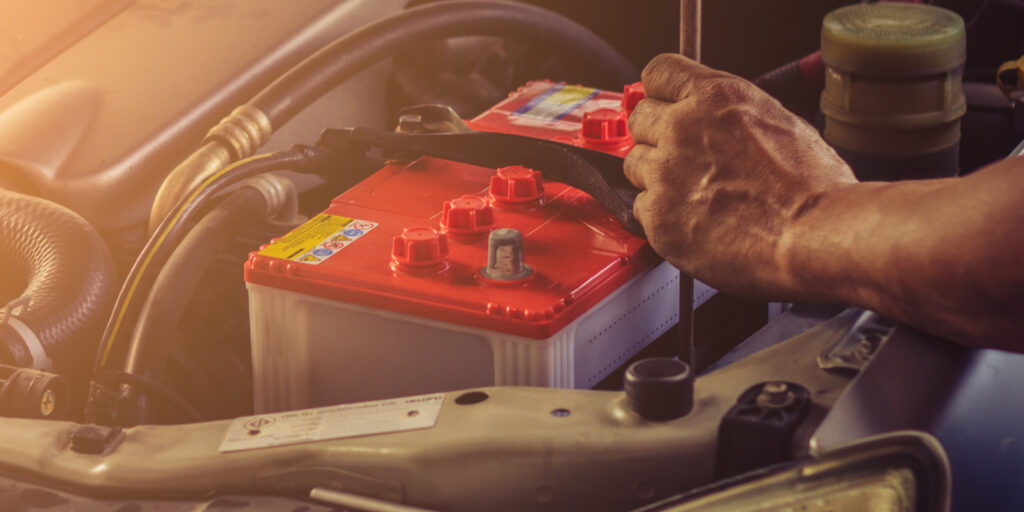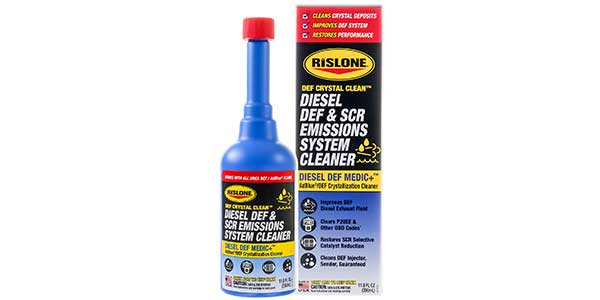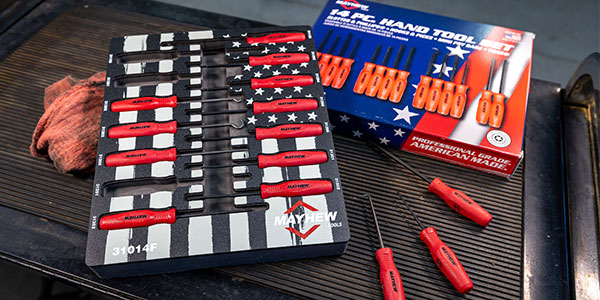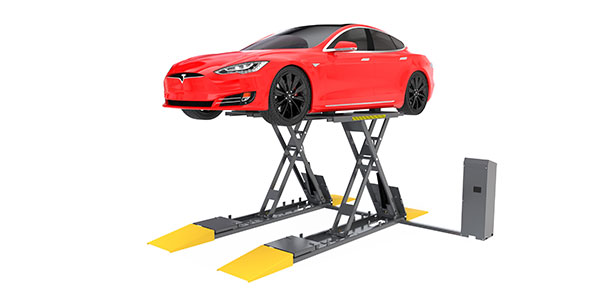The Perfect Time to Recharge Your Knowledge of Battery Fundamentals
If I learned anything from my time behind the parts counter, it’s that some automotive parts have “seasons.” You’ll never sell more wiper blades than you will on the first stormy, rainy day in the spring. You’ll never sell more R-134 recharge cans than on the first scorching-hot day in the summer.
During winter, you can expect to see an uptick in battery sales. It’s common for people to find that their battery is dead when the temperature drops. This, of course, could happen any time of year, but it’s more common during the winter months.
Battery Fundamentals
Lead-acid batteries — the most common batteries — store an electrical charge through a chemical reaction between their internal lead plates and the surrounding solution of water and sulfuric acid. Over time, this chemical reaction causes a buildup of lead sulfate. This buildup gradually reduces the maximum electrical charge that can be stored by the battery, which also will discharge naturally over time. A weak battery, or one that’s run down, may not be able to provide enough amps to start the engine.
So, what causes a battery to fail in the cold? Extreme low temperatures will speed up the natural discharge of the battery, and the chemical reaction will be slowed down as well. Engine oil is thicker when cold, so it takes more energy to crank the engine over and push oil through the engine. On top of all of that, you’ll need additional power to run devices such as the defroster, HVAC and heated seats. All of this strain falls onto the vehicle’s electrical system, and at the heart of this system is the battery.
Batteries are rated in several ways, each one having a specific purpose and method of measurement. These standardized specifications were created by the Battery Council International to help give consumers an apples-to-apples comparison for vehicle batteries. As parts professionals, service advisors have the opportunity to educate customers on exactly what these specifications mean, so they can help find the right battery for their customers. There’s nothing worse than jumping into your car in the morning and turning the key just to hear the starter “click!”
We all know that price might be the biggest thing on the customer’s mind, but we may be able to help them find the best value overall — even if that means spending a little more money to get a battery with higher ratings. Let’s dive into two ratings: cold-cranking amps (CCA) and reserve capacity (RC).
Cold-Cranking Amps
Think of CCA as a direct way of measuring a battery’s ability to crank the engine in extremely cold temperatures. CCA indicates how many amps a battery can supply for 30 seconds at 0° F without dropping below 7.2 volts. This rating is most important for anyone living in a cold climate. The higher the CCA rating, the more starting power that battery can deliver in a colder climate.
There are several different tests for CCA, each providing a slightly different reading of the battery’s internal resistance. The DC-load test applies a DC load in the range of 25 to 70 amperes for several seconds. The AC-conductance test injects an AC signal between 80 and 100 hertz into the battery. DC-load tests often show higher resistance readings than AC-conductance tests. The AC-conductance test is most commonly used today.
Reserve Capacity
Reserve capacity is the amount of time a fully charged battery can deliver 25 amps of current at 80° F before discharging down to 10.5 volts.
Is one more important than the other? No, because CCA and RC describe two completely different battery functions. CCA will tell you how much power the battery can deliver in short bursts, whereas RC tells you how well a battery can deliver power for an extended time period.
So why does this matter to your customers? Have you ever had an alternator fail, or had a serpentine belt break while you’re driving? If this happens, the battery is solely responsible for all of the electrical demands for the vehicle. This means the battery will be powering the headlights, wipers, electric pumps, control modules, power windows and other electric devices until their customer either gets to a safe location, or the battery discharges and leaves the vehicle stuck somewhere.
Final Thoughts
Remember, it’s best to replace a battery with one that meets or exceeds the OEM specifications. The best sources for these specifications would be the vehicle owner’s manual or an aftermarket battery catalog. Talk with your customers and ask them questions about how often they drive the vehicle, how far they drive on average, etc. Use this information to help find the right battery for them.














